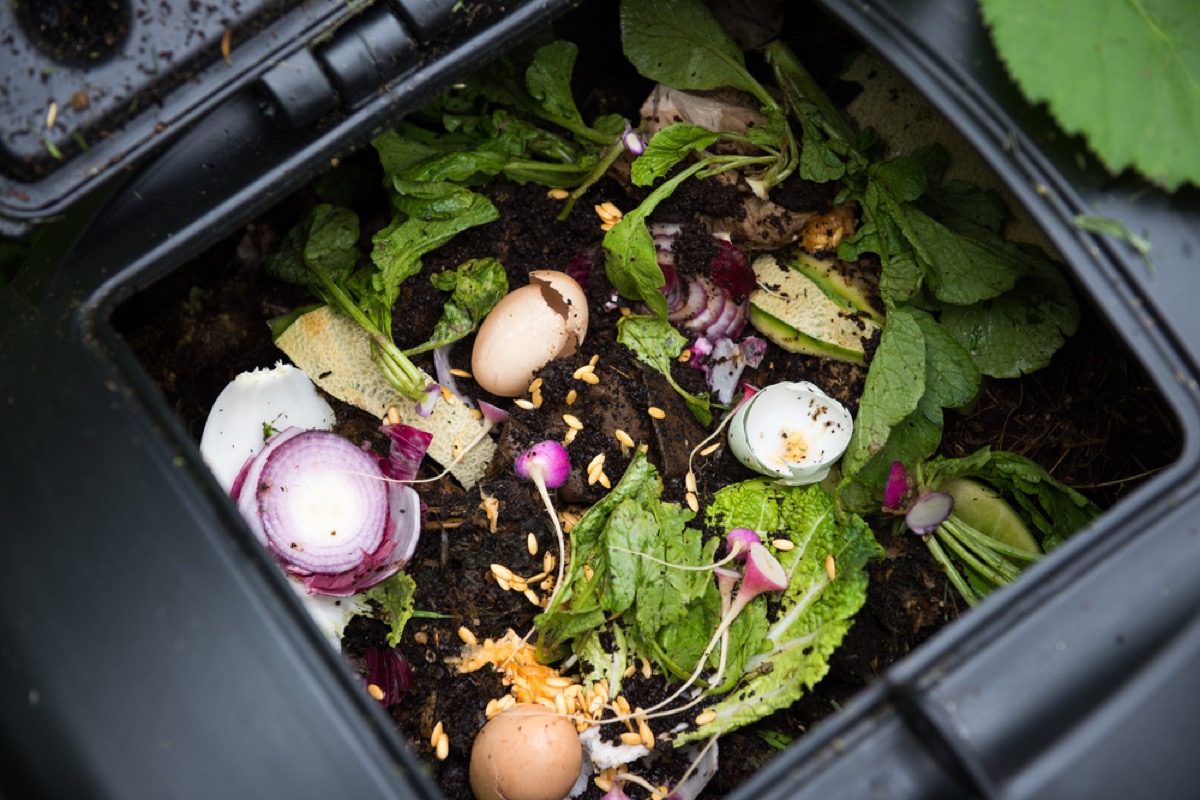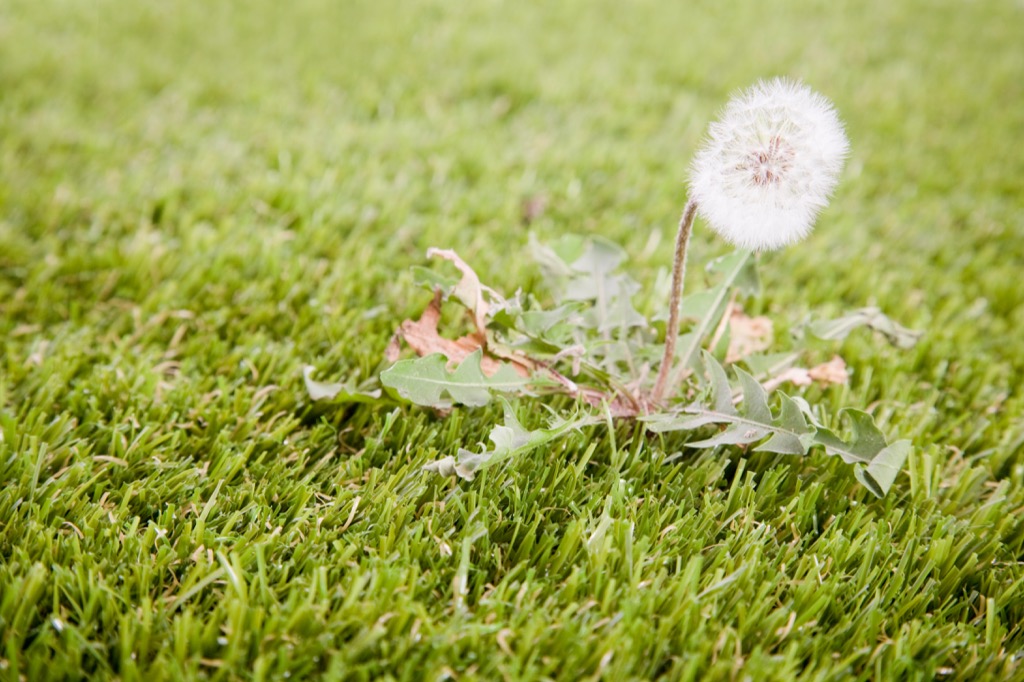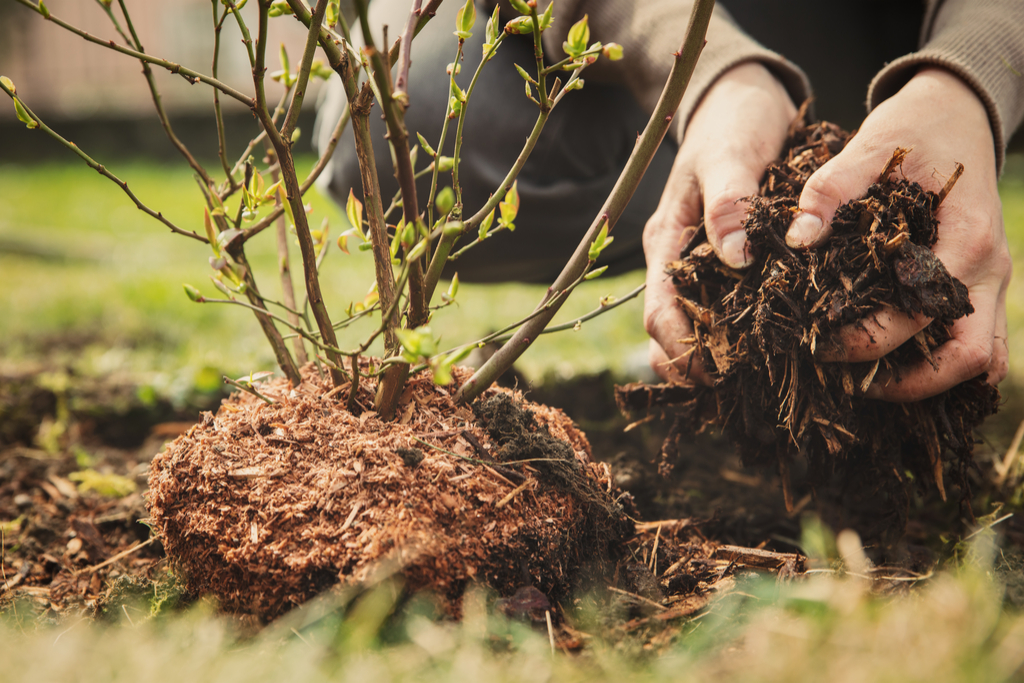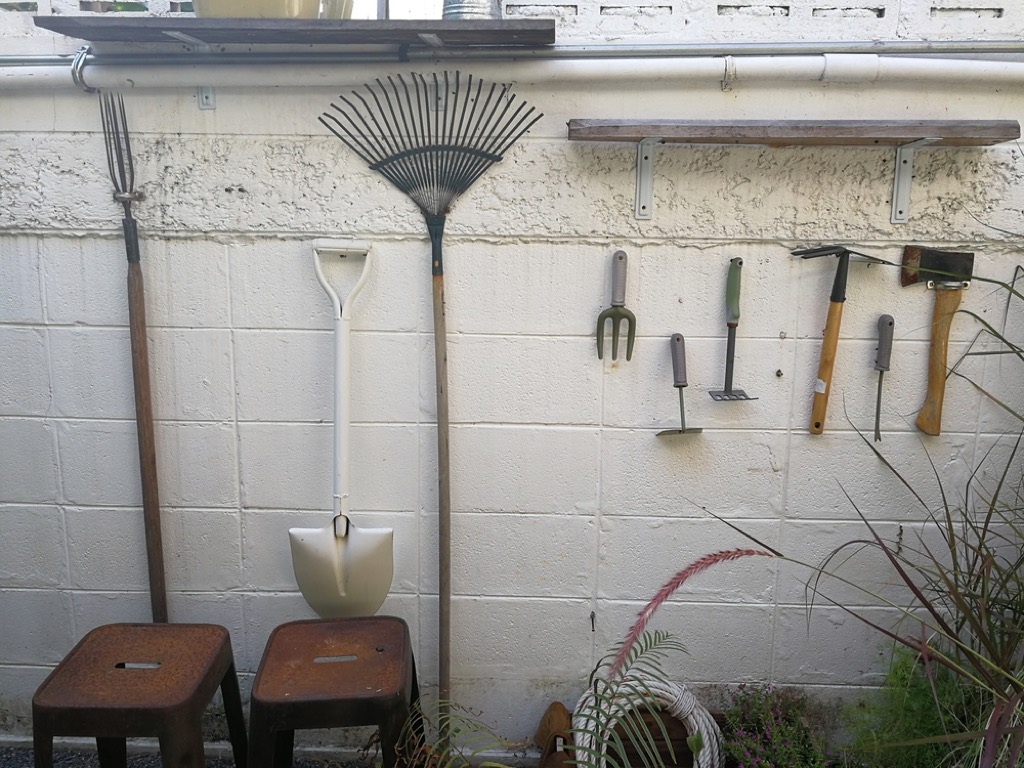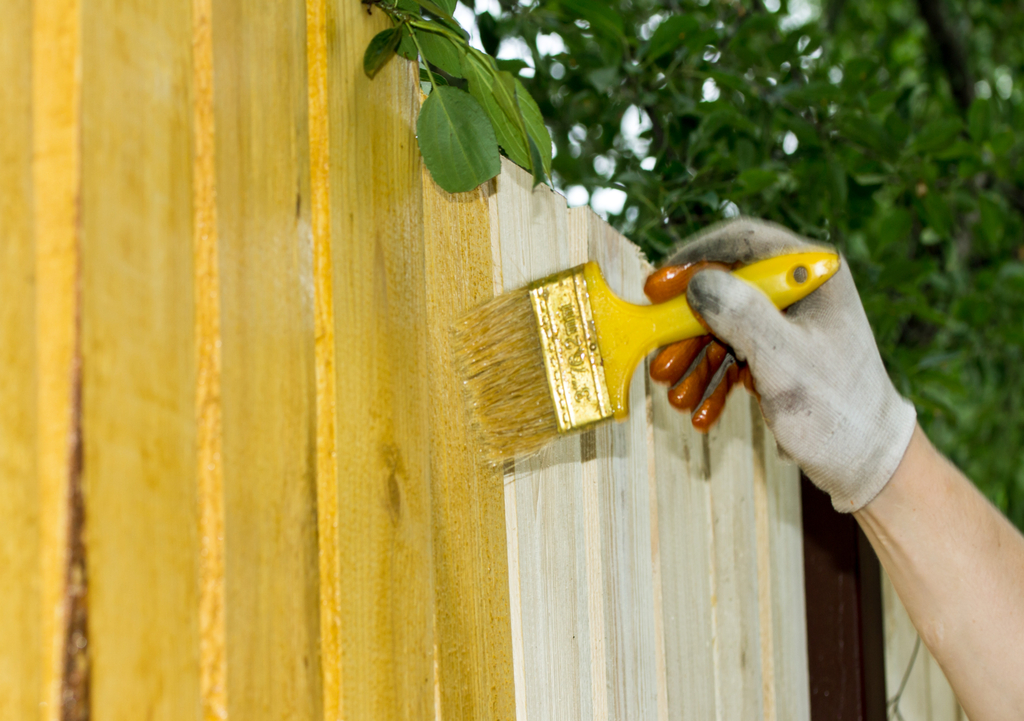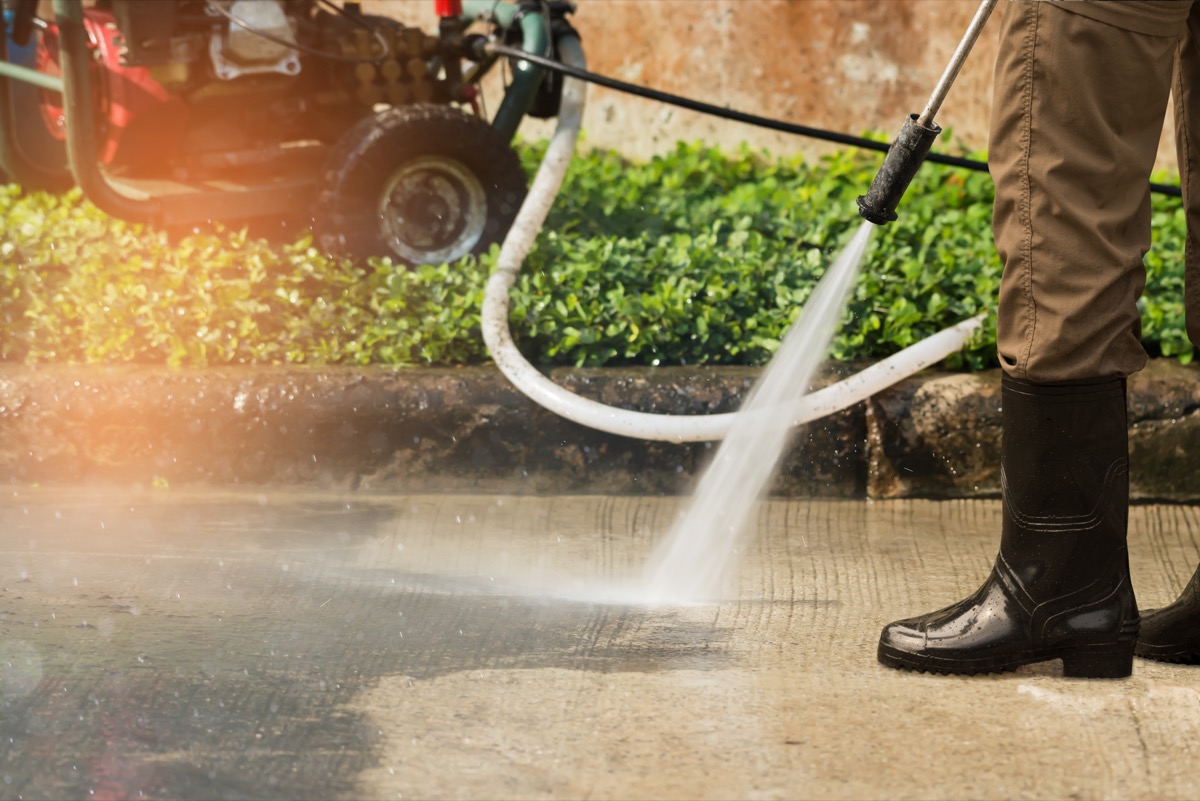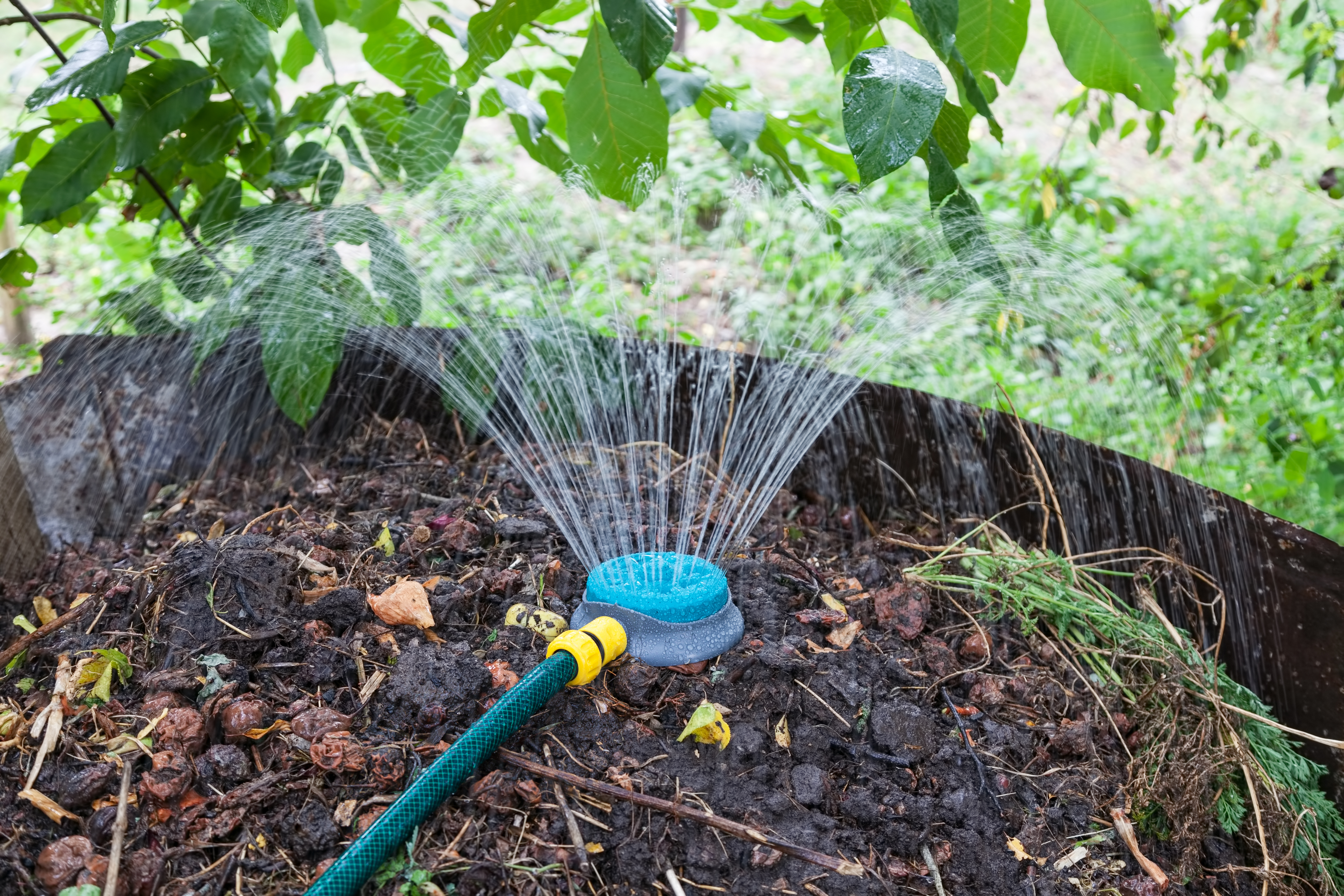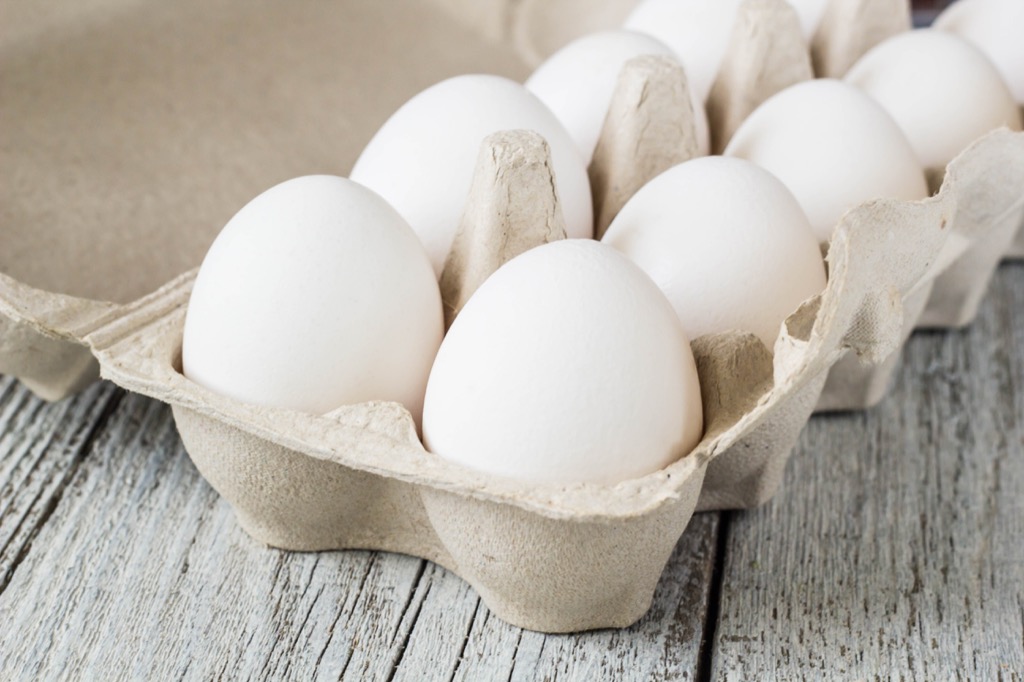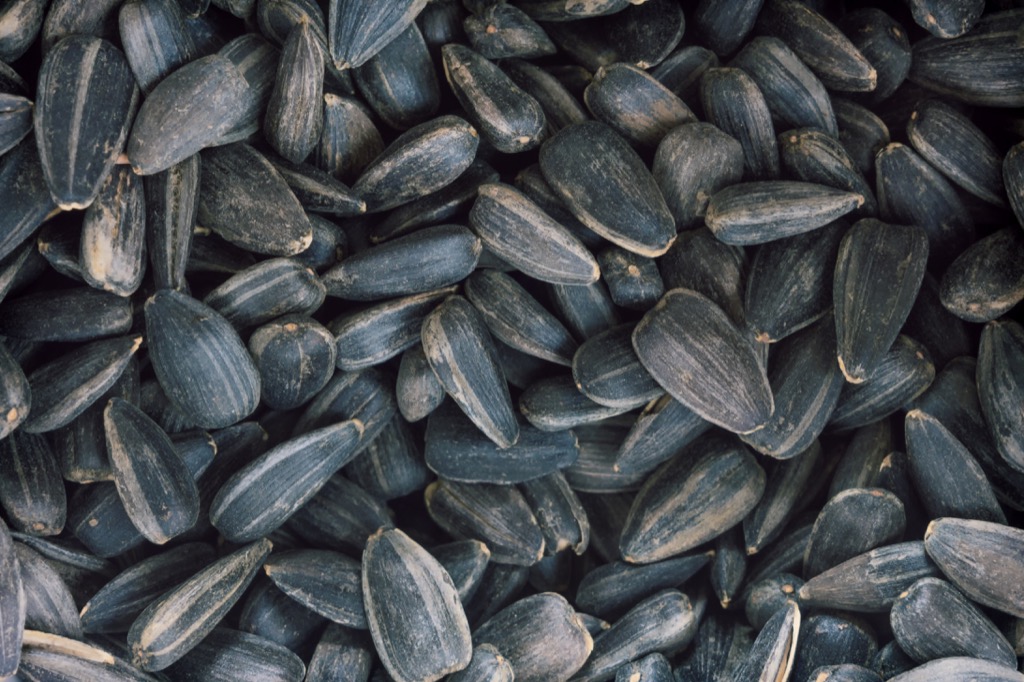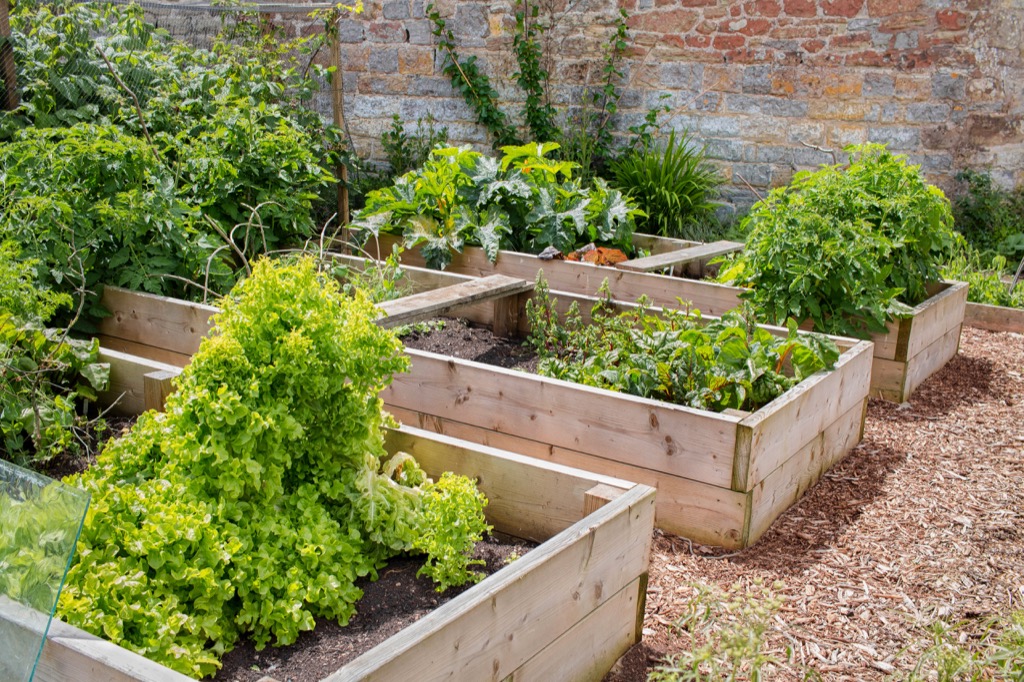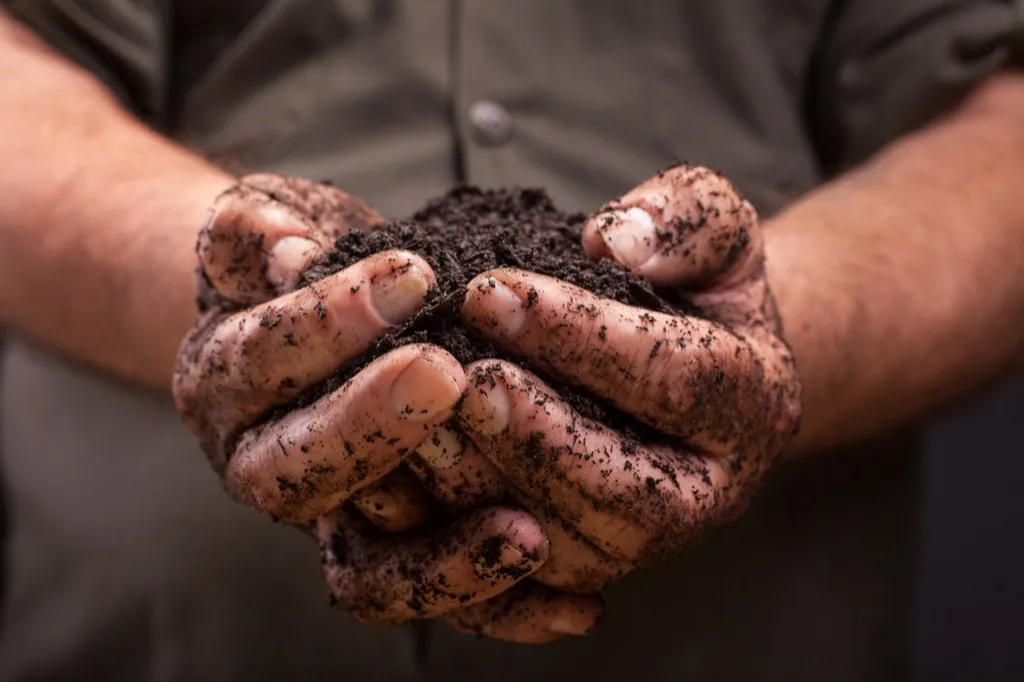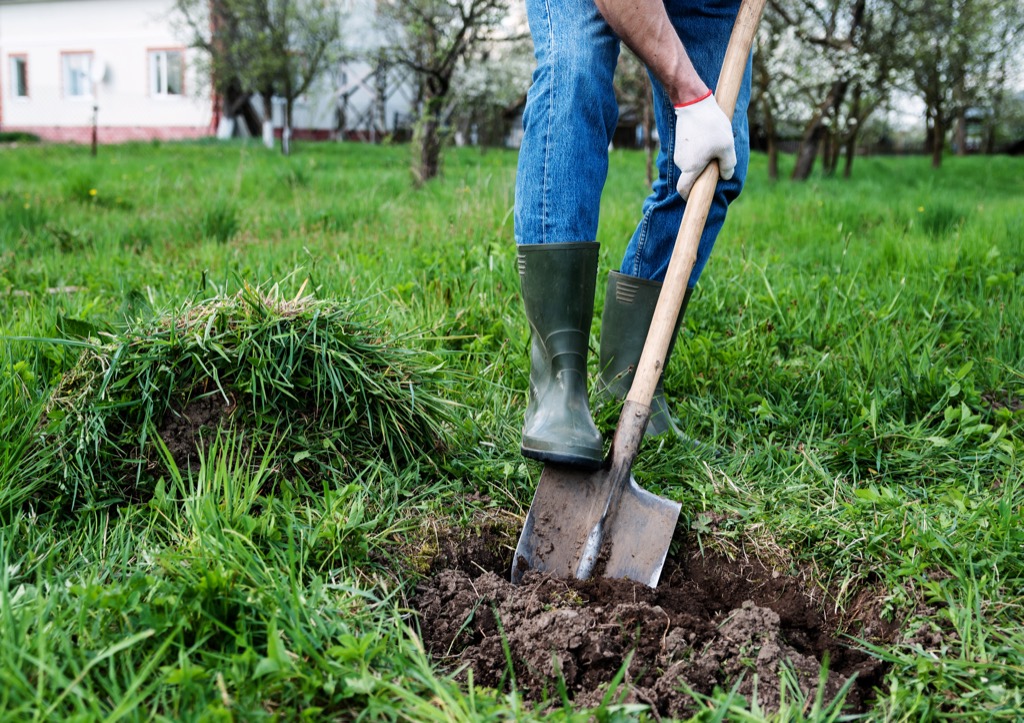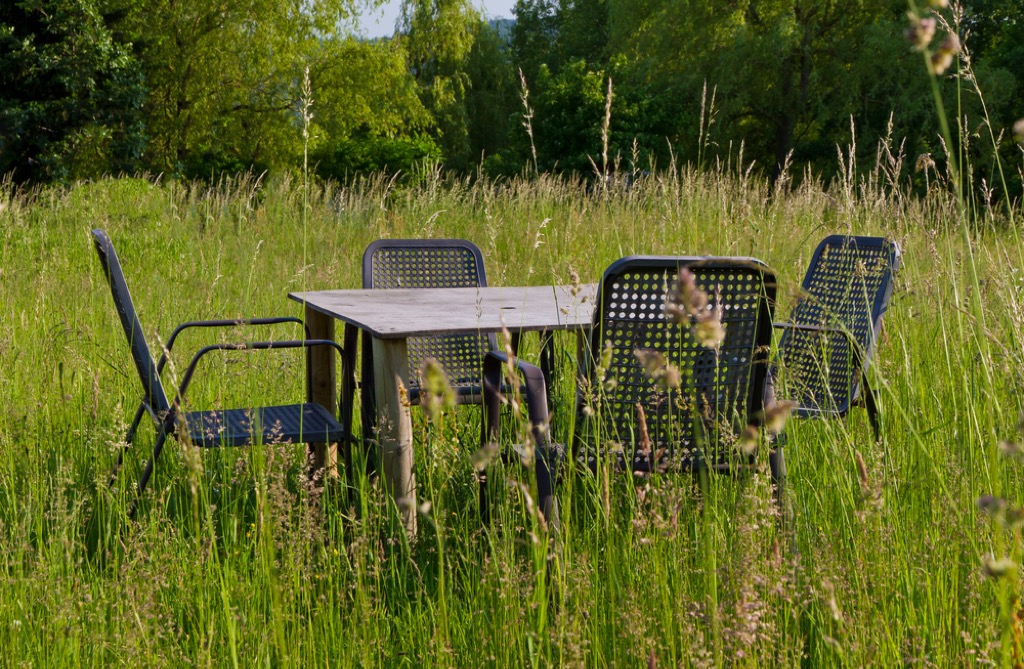With spring around the corner, it’s time to consider what types of plants you want in your garden, says Gena Lorainne, gardening expert at Fantastic Services. “Then you can start to think about what the best spot could be for them, their watering requirements, as well as sunlight exposure preferences,” she explains. Start researching now and you’ll be able to put together the best plan of action—or realize sooner rather than later that a few of your visions just aren’t going to work out. Before growth can occur, you need to make space for it. “[Now is the time] to clear garden beds and the lawn of debris, dead foliage, and fallen leaves,” says Lorainne. In addition, trim tall plants to a third of their height. “This will not harm them but it will stimulate fresh growth,” she explains. For the same reason, it’s important to prune all your trees and shrubs, says Lorainne. In addition to cultivating growth, this will make your lawn look a lot tidier. Meanwhile, some shorter plants, such as roses, summer-blooming Spirea, Honeysuckle, and Butterfly Bush, will benefit from pruning, too. With your dead leaves and foliage in hand, “it’s a good opportunity to start composting,” says Lorraine. This essentially consists of putting alternating “green” and “brown” layers in a pile: The first consists of produce waste (things like eggshells and past-prime veggies) and the latter your dead leaves and wood chips. In addition to putting your excess to good use, compost will come in handy as an excellent addition to your topsoil. “Prep your soil for the warmer months by clearing out weeds and turning over the soil,” says Ronna Moore, owner of Fairy Homes and Gardens. “This will ensure that when you’re ready to start planting, the soil will be fertile.” She also suggests adding fresh compost to the soil a few weeks before you plan to start planting. “By the time spring rolls around, my garden is always ready to be worked in,” she says. To prevent weeds, you need mulch, says Lorraine. And a good amount of it, too. “Make sure to apply it thickly enough so that it acts as a blanket,” she explains. At the same time, beware of overwhelming your soil. “If you add too much, it may suffocate it and won’t let water drain into the soil properly.”
“Check your tools and sharpen them if you haven’t already done so,” says Lorraine. Not everything will have made it through the winter intact, and you need to know what should be replaced and what can be repaired. “This way all your necessary equipment will be ready for the season.”
A garden doesn’t stand a chance against certain four-legged invaders. Before the season starts, make sure to check your fences for cracks, says Lorraine. “If there are any, then it’s time for fence repair.” In addition, check trellises or any other material pieces in your garden; you never know how they were affected by the cold.
A garden doesn’t stand alone. It’s typically nestled between a patio, a driveway, or some other outdoor construction. To make the entire scene look its best, give those elements a thorough clean using a jet wash, says Lorraine. “Any patio, deck or driveway can look brand new again after a good pressure washing procedure,” she attests.
Not everyone has a greenhouse, but if you do, it’s time for a cleaning. Specifically, removing debris from the floors, washing pots and checking them for cracks, and seeing if there are any panels that need repairing. Afterward, “make sure to ventilate your greenhouse well until it dries down completely,” says Lorraine.
For some gardeners, a visual guide can be massively helpful. Charlie Capps, director of gardening at Windowbox.com, recommends literally drawing out the garden of your dreams. “Even if you’re not an artist, taking pen to paper and sketching it out will create a path to [achieving] the garden you’d like,” he says. If you’re considering a veggie garden, it’s important to first check which vegetables help each other grow and which do the opposite, says Capps. That will determine where each plant will be seeded—and could even change your mind as to which plants to grow in the first place.ae0fcc31ae342fd3a1346ebb1f342fcb You can always water your garden by hand, but installing an automatic system will ensure your plants never miss a drink. Now is a good time to look into the appropriate options for your price range, as well as what’s required for installation. For example: Is this something you can DIY, or should you have a professional come in to help? To help you make an informed decision, we’ve rounded up the 23 Home Remodeling Projects that Never End Well. Some plants need to be grown indoors first to give them a head start (and obviously, you’ll want to check their growing instructions for details!). To make sure you don’t run out of pots when doing so, it’s a good idea to start collecting other household items that can be used for the same purpose. That includes egg cartons, yogurt packages, and other bowl-shaped items. Your wallet—and the entire cause of recycling—will thank you.
Look through seed booklets and order your favorites before winter progresses any further. That way, when the perfect day for planting comes around (whether you’ll be starting your seeds indoors or out), you’ll be prepared.
If any of your plants require stakes to grow, you’re going to want to set them up as soon as possible—as it’s much to easier to insert a stake before a plant starts to grow rather than after. For plants like peonies and blackberries, that means when they’re a mere few inches tall. At the very least, make sure you have the proper stakes on hand for when things start to pick up.
The pH level of your garden’s soil will play a crucial role in your garden’s success. Before spring rolls around, pick up a soil testing kit to find out whether or not your plots will require additional care. A level of 6.5 is ideal, but certain plants thrive in slightly higher or slightly lower pH soil. And don’t get too nervous if the pH of your soil doesn’t match the ideal level for your plants; you can always alter it with special soil additives from your local hardware store.
If you use any sculptural pieces like bird baths or feeders to frame your garden, make sure they get a thorough cleaning before springtime rolls around. Winter wreaks havoc on everything that’s left outside, and these items are no exception.
Whether you’re creating new edges or simply redefining old ones, it’s crucial to set hard lines around your flower beds before anything starts to grow in them. You can do this naturally, by creating a trench around each bed, or with edging products in materials like brick and rubber. In addition to preventing unwanted mixing, the lines will give your flower beds a clean-cut look and make them easier to maintain come spring.
Nature doesn’t rest—and neither can you. Especially when it comes to weeding and composting, it’s crucial to remain vigilant up to, and throughout, the winter season. Just because you picked up sticks and debris last week doesn’t mean you won’t need to head outside this weekend as well. And now that you know how to prepare for outdoor plant life, check out these 20 Easy-to-Care-For Houseplants That Will Brighten Any Room. To discover more amazing secrets about living your best life, click here to follow us on Instagram!



